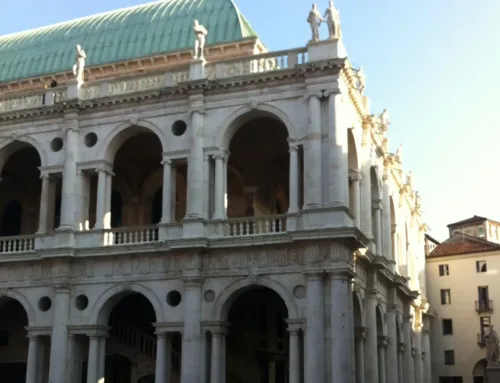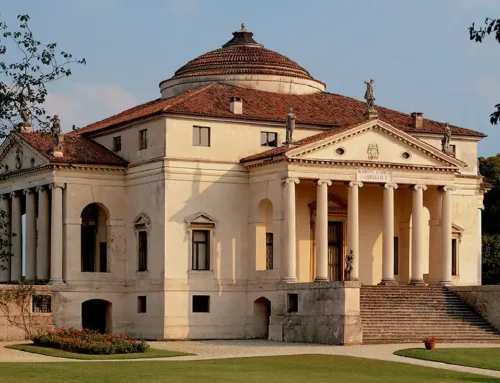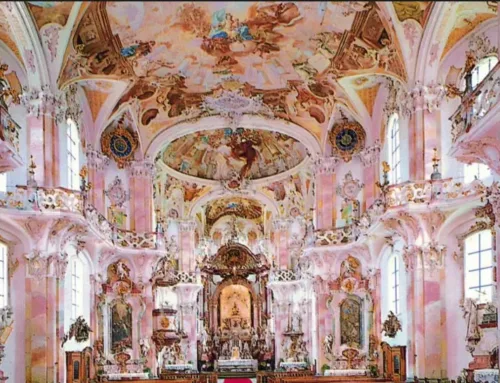Norman Architecture: Definition, History, Key Types, and Modern Trends
Norman architecture is a bold style that developed in Europe in the 11th and 12th centuries. They are easy to recognize due to thick stone walls and a castle-like appearance. Various Norman churches and castles were built to show faith. That is why they were simple in shape but very strong and huge. If you look at these buildings now, you get a clear picture of religion and other details.
Various building owners rely on professionals to design commercial spaces. They depend on realistic Architectural Rendering Services and combine old and modern designs. The experts provide 3D views of the design so that you can make the right decision.
DIG IN TO DISCUSS HISTORY, TYPES, AND OTHER DETAILS OF NORMAN ARCHITECTURE IN THIS GUIDE!
What is Norman Architecture?
Norman architecture is a type of style that is inspired by Romanesque. It was famous due to:
- massive proportions
- round arches
- thick walls
- fortress-like appearance
However, this style showcased strength and religious looks through its features. The Normans brought this robust building tradition from Normandy in northern France to England.
The purpose of the style was to create attractive structures for Christian worship. Plus, they were also designed with solid duty that can survive in excellent condition for a thousand years.
Historical Development and Context
The story of Norman architecture started in Normandy.
Normans became Christian and started following the French language and their culture in 1000. But, they still kept their strong warrior habits. They used Carolingian building ideas and mixed them with their own ideas to create beautiful Norman Architecture styles.
However, the turning point came in 1066 when William defeated King Harold at the Battle of Hastings. After this, the Normans started a huge program all over England. William and the kings built big castles to control the land. They wanted to show their power and how God had supported their rule.
In 1100, all the big judges were rebuilt in the Norman style. The new buildings were much bigger than the earlier ones, with high roofs. They had longer main halls.
Different types of architectural styles
Castles
Norman castles represented political control all over the country. The old Norman Castle in England followed the other design. It had a wooden tower with an enclosed courtyard.
After some time, the stone replaced the wooden structures. The White Tower at the Tower of London is the biggest example. It has a rectangular plan with corner towers. If you want to use some of the features in your modern building. Hire a professional Architectural Visualization Company and make decisions with realistic views.
The features include:
- small windows
- limited entrances
- overwhelming mass
Cathedrals and Churches
The Norman Style Architecture was very popular in cathedrals and churches.
Norman religious architecture achieved great response in cathedrals. Durham Cathedral was one of the finest examples of Norman architecture. People used the following features:
- ribbed vaulting
- massive columns alternating with compound piers
- geometric decorative patterns
These cathedrals were shaped like a cross. They had:
- a long central hall called the nave
- transepts that formed the arms of the cross
- and a choir and apse on the east side
Parish Churches
It is true that huge cathedrals always get the attention. However, the Normans built hundreds of small Parish churches all over England. There were smaller but they had the same main features like thick walls, round arches, etc.
Many of these Norman parish churches are still standing today. A typical Norman church usually has:
- a simple rectangular nave
- a semicircular apse on the east side
- and sometimes a tower at the west end
Secular Buildings
The Norman architecture style was not only famous among the castles. They were also used in non-religious buildings. These buildings still exist in this modern building system.
- Westminster Hall in London still has its original Norman walls, even though it was changed later.
- Oakham Castle’s Great Hall in Rutland also keeps very good examples of Norman design.
However, the large halls were used for official work and social events.
Modern Trends and Contemporary Relevance
Norman architecture inspires and fascinates people even today. Historical and Cultural significance preservation efforts. The recent achievement of documenting these structures using preservation laser scanning and photogrammetry fosters scholarly understanding.
Norman heritage tourism is booming. Norman heritage trails in England and Normandy allow tourists to stamp their walk in `shaped by` favourite Norman architecture. Currently, the Norman Conquest and its architecture are a global scholarly and enthusiast pilgrimage site.
Modern architecture references Norman forms, but only as reinterpretations. The massive walls, reduced openings, fortress-like massing of some modern structures attempting to communicate strength, permanence, and connection to historical traditions reflect Norman architecture. This is also observed in museums and cultural centers, modern, when they are located near Norman sites.
Archaeology, structural analysis, and, history of art continue to be the source of academic Norman architecture insights. Through these disciplines, Norman architecture is academically furthered.
Conclusion
Norman architecture represents European architectural history. It is recognized by its huge scale and other beautiful features. By reviewing its details, you can better understand this type of architecture. However, this style is still famous, and people use its few features in the modern style.




